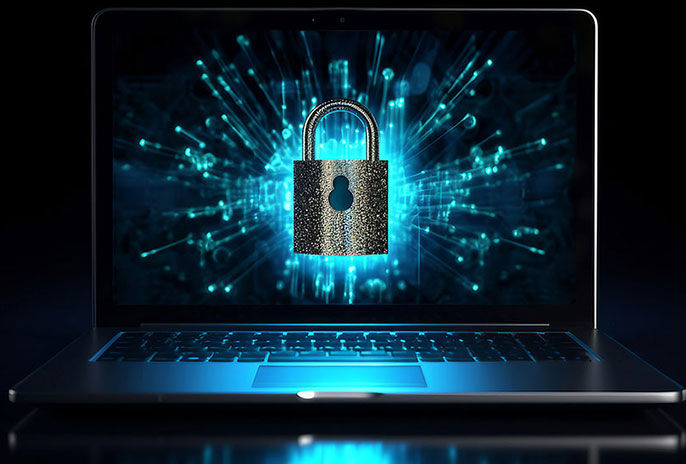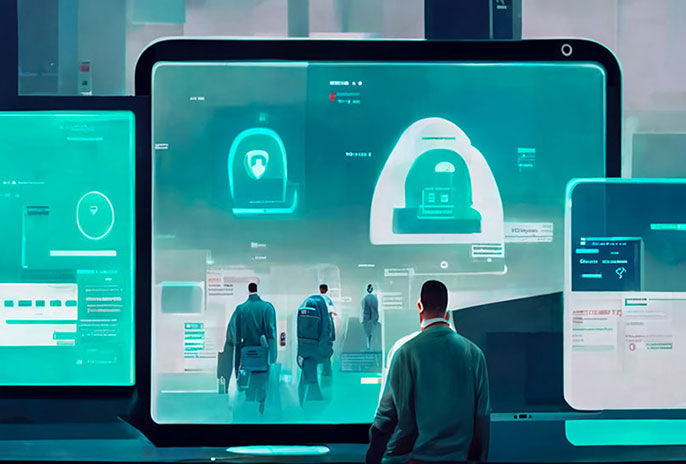Utilizing IoT devices is crucial in smart-office transformation at overseas locations. Using IoT devices to manage conference room usage, automatically control air conditioning, and manage inventory and automatically order supplies can make various operations more efficient.
However, since these IoT devices are connected to the internet, they can be at risk of external attacks if security measures are neglected. Adequate IoT device security is required when using IoT devices.
Generally, the confidentiality of information handled by IoT devices is seen as low. For example, information such as conference room usage may seem of low importance. However, security risks for IoT devices not only include the leakage of information but also the potential to be used as a stepping stone for attacks. To prevent IoT devices from becoming entry points for attacks on internal servers and confidential information, security reinforcement of IoT devices is necessary.

































